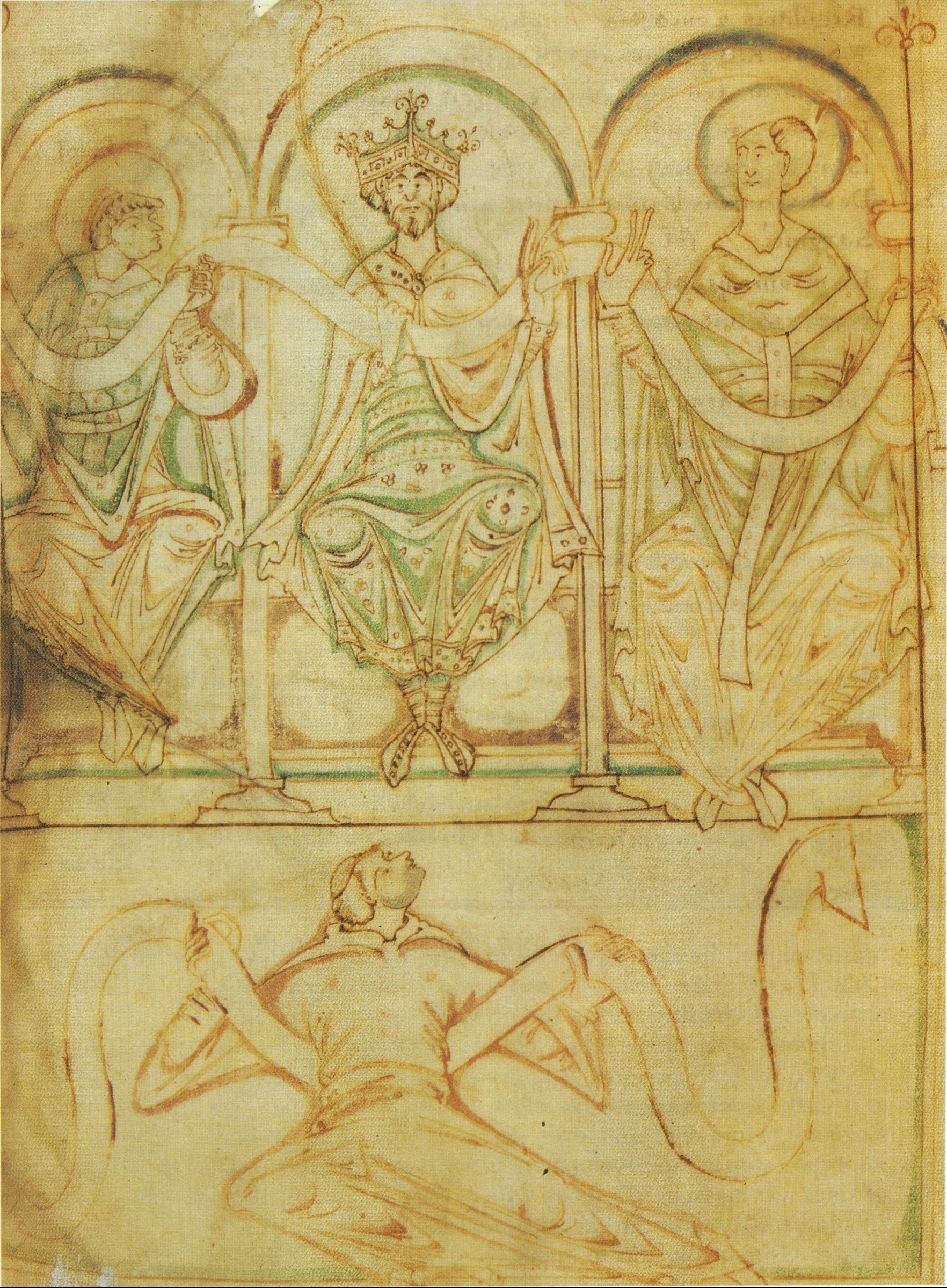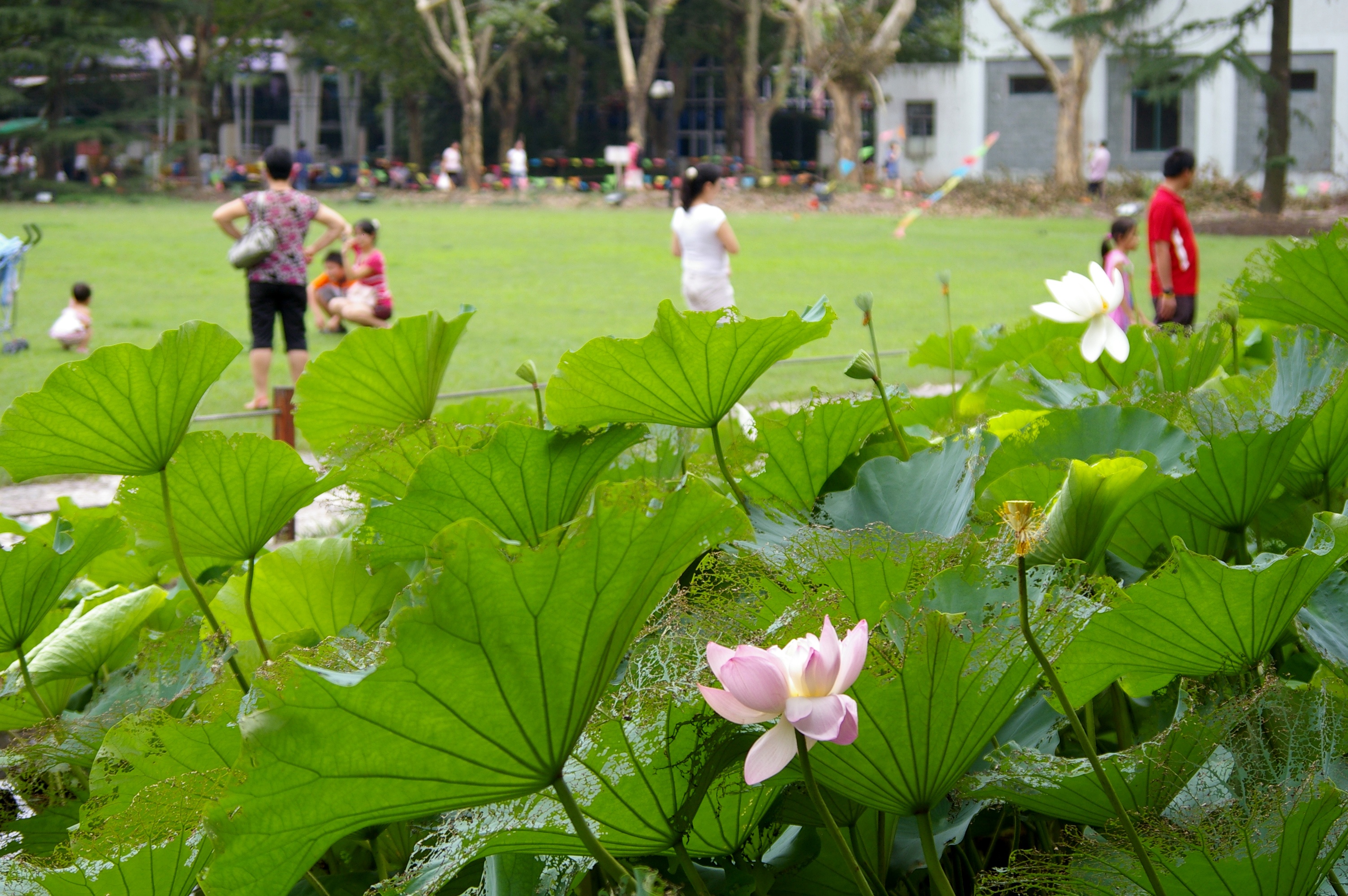|
Changning, Shanghai
Changning (; ) is one of the seven downtown districts of Shanghai, China. It has a land area of and had a population of 620,000 . The district government is located at 1320 Yuyuan Rd. Economy Numerous airlines are headquartered in Changning, which houses Shanghai Hongqiao International Airport. China Eastern Airlines has its headquarters, the China Eastern Airlines Building, on the airport grounds. China Cargo Airlines has its headquarters on the airport property. Spring Airlines has its headquarters in the Homeyo Hotel in Changning. Juneyao Airlines has its headquarters in the district. Huazhu Hotels or China Lodging, which operates Hanting Hotels and other brands, has its headquarters in the district. Additionally Pinduoduo is based in the district. Renren Inc. has its Shanghai office in the SOHO Zhong Shan Square () in Changning District. Parks and recreation Zhongshan Park and Kaiqiao Green Area are located in the district. The Shanghai Zoo is located in the distric ... [...More Info...] [...Related Items...] OR: [Wikipedia] [Google] [Baidu] |
District (China)
The term ''district'', in the context of China, is used to refer to several unrelated political divisions in both ancient and modern China. In the modern context, district ( zh, s=区, labels=no), formally city-governed district, city-controlled district, or municipal district ( zh, s=市辖区, links=no, labels=no), are subdivisions of a Direct-administered municipality, municipality or a prefecture-level city. The rank of a district derives from the rank of its city. Districts of a municipality are prefectures of China, prefecture-level; districts of a sub-provincial division, sub-provincial city are sub-prefecture-level; and districts of a prefecture-level city are counties of China, county-level. The term was also formerly used to refer to obsolete District (China)#County-controlled districts (obsolete), county-controlled districts (also known as district public office). However, if the word ''district'' is encountered in the context of ancient history of China, Chinese ... [...More Info...] [...Related Items...] OR: [Wikipedia] [Google] [Baidu] |
EDGAR
Edgar is a commonly used masculine English given name, from an Anglo-Saxon name ''Edgar'' (composed of ''wikt:en:ead, ead'' "rich, prosperous" and ''Gar (spear), gar'' "spear"). Like most Anglo-Saxon names, it fell out of use by the Late Middle Ages; it was, however, revived in the 18th century, and was popularised by its use for a character in Sir Walter Scott's ''The Bride of Lammermoor'' (1819). The name was more common in the United States than elsewhere in the Anglosphere during the 19th century. It has been a particularly fashionable name in Latin American countries since the 20th century. People with the given name * Edgar the Peaceful (942–975), king of England * Edgar the Ætheling (c. 1051 – c. 1126), last member of the Anglo-Saxon royal house of England * Edgar of Scotland (1074–1107), king of Scotland * Edgar Alaffita (born 1996), Mexican footballer * Edgar Allan (other), multiple people * Edgar Allen (other), multiple people * Edgar Angara ... [...More Info...] [...Related Items...] OR: [Wikipedia] [Google] [Baidu] |
Jiangsu Road, Shanghai
Jiangsu Road Subdistrict () is a subdistrict in Changning District, Shanghai, China. It is one of the busiest subdistricts in Changning District and consists of the main governmental headquarters of Changning District. The subdistrict is located in the eastern portion of the district, spanning in area, and having a population of 51,883 as of the 2010 Chinese Census. It is home to Jiangsu Road Station. History The subdistrict A subdistrict or sub-district is an administrative division that is generally smaller than a district. Equivalents * Administrative posts of East Timor, formerly Portuguese-language * Kelurahan, in Indonesia * Mukim, a township in Brunei, Ind ... was founded in 1960, and named after , which passes through it. By the end of 1992, the subdistrict comprised 22 residential communities, and was home to 68,096 people, living in 23,800 households. By 1995, its population was about 72,500 people. By 2004, the subdistrict was divided into 13 residential c ... [...More Info...] [...Related Items...] OR: [Wikipedia] [Google] [Baidu] |
Huayang Road, Shanghai
Huayang may refer to: * Ancient name of the Sichuan region, including Chongqing and Hanzhong ** ''Chronicles of Huayang'' ** Huayang County Shuangliu District () is a suburban district of the City of Chengdu, Sichuan, China. The district covers an area of , and has a population of approximately 2,659,829 as of 2020. It is the home of Chengdu Shuangliu International Airport, the four ..., former county in Sichuan, now part of Shuangliu * Huayang Auto {{disambiguation ... [...More Info...] [...Related Items...] OR: [Wikipedia] [Google] [Baidu] |
Romanization
In linguistics, romanization is the conversion of text from a different writing system to the Latin script, Roman (Latin) script, or a system for doing so. Methods of romanization include transliteration, for representing written text, and transcription (linguistics), transcription, for representing the spoken word, and combinations of both. Transcription methods can be subdivided into ''phonemic orthography, phonemic transcription'', which records the phonemes or units of semantic meaning in speech, and more strict ''phonetic transcription'', which records speech sounds with precision. Methods There are many consistent or standardized romanization systems. They can be classified by their characteristics. A particular system's characteristics may make it better-suited for various, sometimes contradictory applications, including document retrieval, linguistic analysis, easy readability, faithful representation of pronunciation. * Source, or donor language – A system may be tai ... [...More Info...] [...Related Items...] OR: [Wikipedia] [Google] [Baidu] |
Shanghainese
The Shanghainese language, also known as the Shanghai dialect, or Hu language, is a variety of Wu Chinese spoken in the central districts of the city of Shanghai and its surrounding areas. It is classified as part of the Sino-Tibetan language family. Shanghainese, like the rest of the Wu language group, is mutually unintelligible with other varieties of Chinese, such as Mandarin. Shanghainese belongs to a separate group of the Taihu Wu subgroup. With nearly 14 million speakers, Shanghainese is also the largest single form of Wu Chinese. Since the late 19th century, it has served as the lingua franca of the entire Yangtze River Delta region, but in recent decades its status has declined relative to Mandarin, which most Shanghainese speakers can also speak. Like other Wu varieties, Shanghainese is rich in vowels and consonants, with around twenty unique vowel qualities, twelve of which are phonemic. Similarly, Shanghainese also has voiced obstruent initials, which is ra ... [...More Info...] [...Related Items...] OR: [Wikipedia] [Google] [Baidu] |
Pinyin
Hanyu Pinyin, or simply pinyin, officially the Chinese Phonetic Alphabet, is the most common romanization system for Standard Chinese. ''Hanyu'' () literally means 'Han Chinese, Han language'—that is, the Chinese language—while ''pinyin'' literally means 'spelled sounds'. Pinyin is the official romanization system used in China, Singapore, Taiwan, and by the United Nations. Its use has become common when transliterating Standard Chinese mostly regardless of region, though it is less ubiquitous in Taiwan. It is used to teach Standard Chinese, normally written with Chinese characters, to students in mainland China and Singapore. Pinyin is also used by various Chinese input method, input methods on computers and to lexicographic ordering, categorize entries in some Chinese dictionaries. In pinyin, each Chinese syllable is spelled in terms of an optional initial (linguistics), initial and a final (linguistics), final, each of which is represented by one or more letters. Initi ... [...More Info...] [...Related Items...] OR: [Wikipedia] [Google] [Baidu] |
Simplified Chinese Characters
Simplified Chinese characters are one of two standardized Chinese characters, character sets widely used to write the Chinese language, with the other being traditional characters. Their mass standardization during the 20th century was part of an initiative by the People's Republic of China (PRC) to promote literacy, and their use in ordinary circumstances on the mainland has been encouraged by the Chinese government since the 1950s. They are the official forms used in mainland China, Malaysia, and Singapore, while traditional characters are officially used in Hong Kong, Macau, and Taiwan. Simplification of a component—either a character or a sub-component called a Radical (Chinese characters), radical—usually involves either a reduction in its total number of Chinese character strokes, strokes, or an apparent streamlining of which strokes are chosen in what places—for example, the radical used in the traditional character is simplified to to form the simplified charac ... [...More Info...] [...Related Items...] OR: [Wikipedia] [Google] [Baidu] |
New Town Central Park
New Town Central Park, or Hongqiao New Town Central Park, is a 130,000-square-meter park located at 2238 Yan'an Xi Lu (延安西路2238号) in the Changning District's Hongqiao Development Zone, in Shanghai, China. Description and history The park opened in 2000 in pursuit of "the harmony between human beings and nature" and features 115 plants species and a 52,000-square-meter grassland. The park borders the Shanghai Oil Painting and Sculpture Institute and Liu Haisu Art Gallery. According to ''City Weekend'', the park is popular among "local white-collar professionals who work and live in nearby Gubei and its surrounding areas". The China Internet Information Center called the park "an ideal place for nearby Shanghainese to escape from a day's hard work and return to the happiness of nature". Public art The park features a bust of Mahatma Gandhi (due to Australian sculptor Drago Marin Cherina), a statue of Charlie Chaplin, and a statue A statue is a free-standing sc ... [...More Info...] [...Related Items...] OR: [Wikipedia] [Google] [Baidu] |
Shanghai Zoo
Shanghai Zoological Park (), or commonly Shanghai Zoo in short, is one of the two main zoos in Shanghai. It is located near the township of Hongqiao (formerly Hung-Jao) and is administratively in Changning District. Shanghai Zoo was formerly known as " Xijiao Park" (or "Western Suburbs Park") (), which is still a common name used locally for the zoo. History The site of what is presently the Shanghai Zoo was first developed as livery stables in 1890. In 1914, the livery stables were purchased by a consortium of merchants, and in 1916 it was converted into the Hung-Jao Golf Club, one of Shanghai's largest golf clubs. Like many other foreign-owned clubs, its property was in 1953 resumed by the new government, after the Chinese Communist Party took over Shanghai in 1949. In 1954, the former golf course was opened to the public 1954 as "Xijiao Park". In 1959, a series of animal enclosures were built and the park was expanded. In 1980, the park was renamed "Shanghai Zoological Park". ... [...More Info...] [...Related Items...] OR: [Wikipedia] [Google] [Baidu] |
Kaiqiao Green Area
Kaiqiao Green Area is a park in Shanghai Shanghai, Shanghainese: , Standard Chinese pronunciation: is a direct-administered municipality and the most populous urban area in China. The city is located on the Chinese shoreline on the southern estuary of the Yangtze River, with the ..., China. It is located in the Changing District, the Liahaisu Art Museum is located within the park. File:Shanghai, China, December 2015 - 123.JPG, Sculpture in the park File:Shanghai, China, December 2015 - 124.JPG, Sculpture in the park References External links * Parks in Shanghai Changning, Shanghai {{China-stub ... [...More Info...] [...Related Items...] OR: [Wikipedia] [Google] [Baidu] |
Zhongshan Park (Shanghai)
Zhongshan Park (), formerly called Jessfield Park and Zhaofeng Park (), is a park in Changning District, Shanghai, China. The park has a large collection of trees and flowers. People fly kites and play sport games on the large meadow areas. Location The park is located centrally in the Changning District. To the north is Suzhou Creek and the East China University of Politics and Law. There is a large shopping mall with a tall skyscraper above, Cloud Nine, southwest of the park. History Zhongshan Park was established in 1914 by the Shanghai Municipal Council as Jessfield Park (極司非爾花園), after Jessfield Road (now Wanhangdu Road) which led to the park. The park was in the extra-settlement roads area beyond the formal boundaries of the Shanghai International Settlement but was administered by the Settlement's authority, the Shanghai Municipal Council. Before the property became a public park, it was the southern half of a private garden owned by H. Fogg, a British ... [...More Info...] [...Related Items...] OR: [Wikipedia] [Google] [Baidu] |




